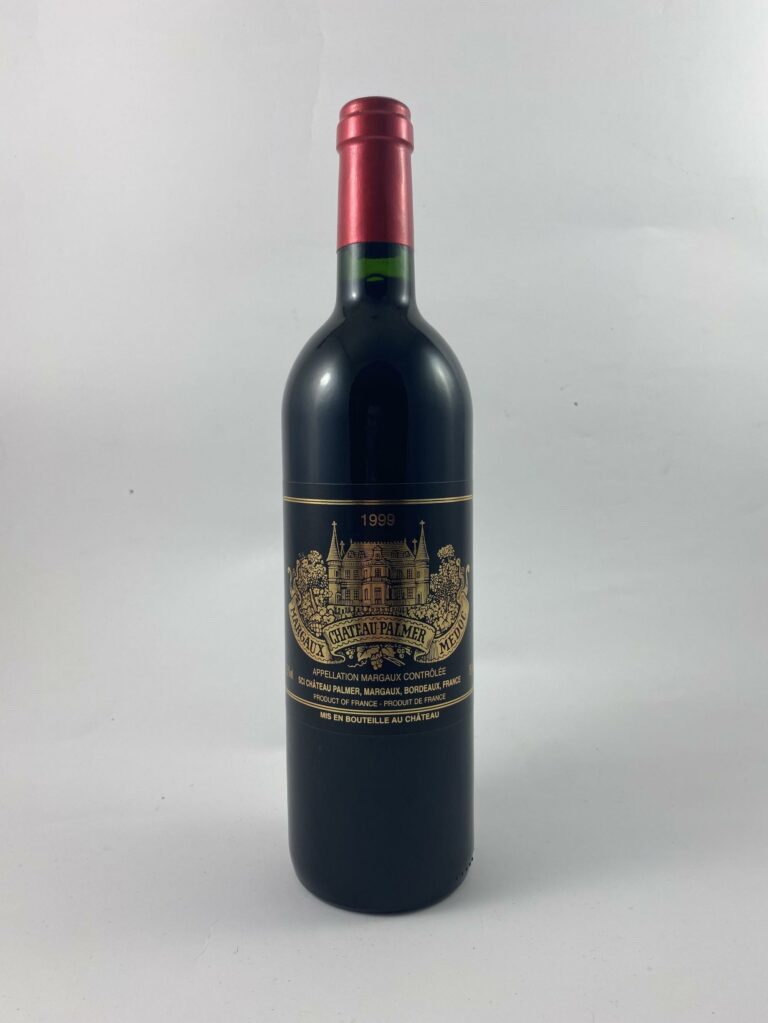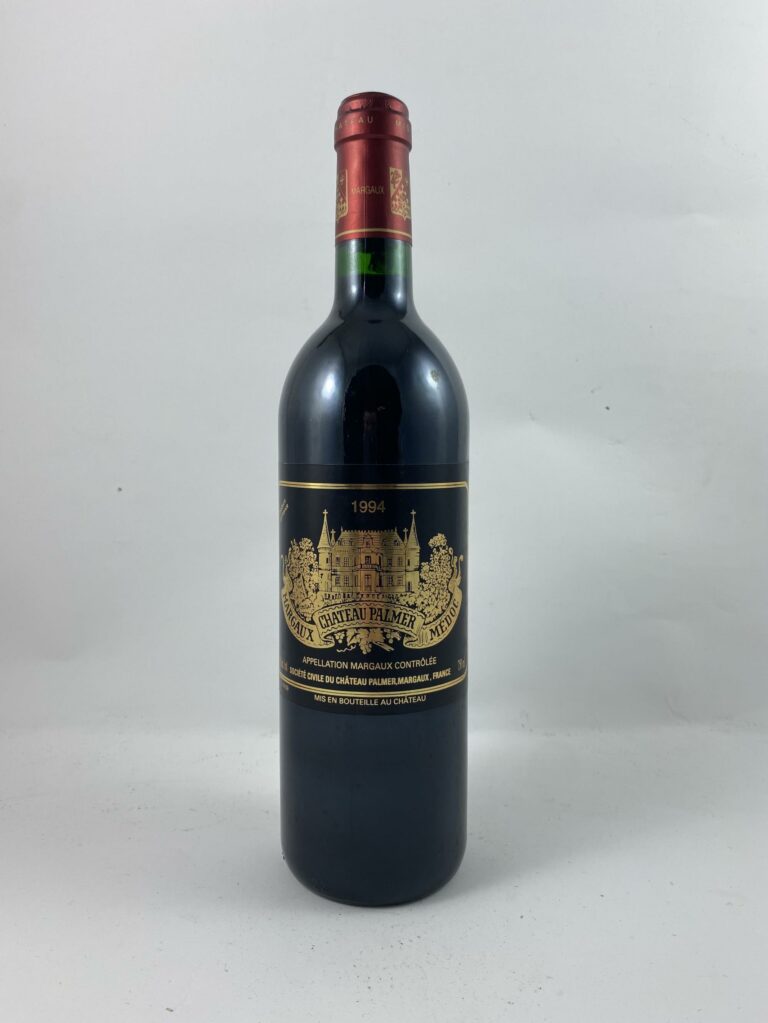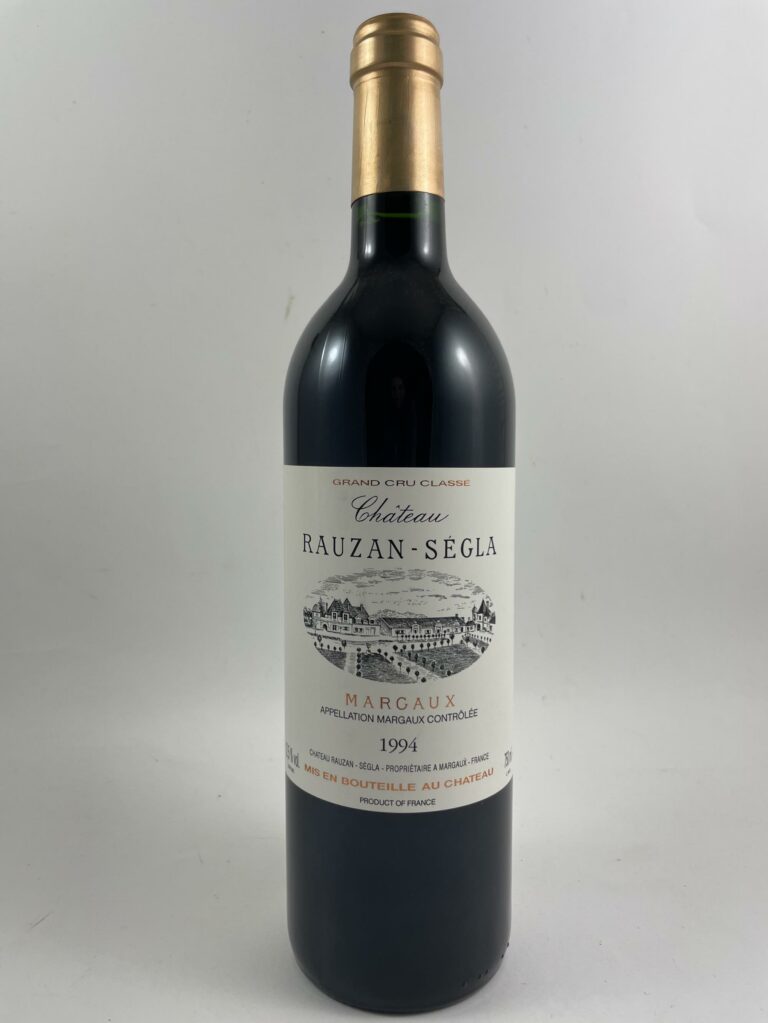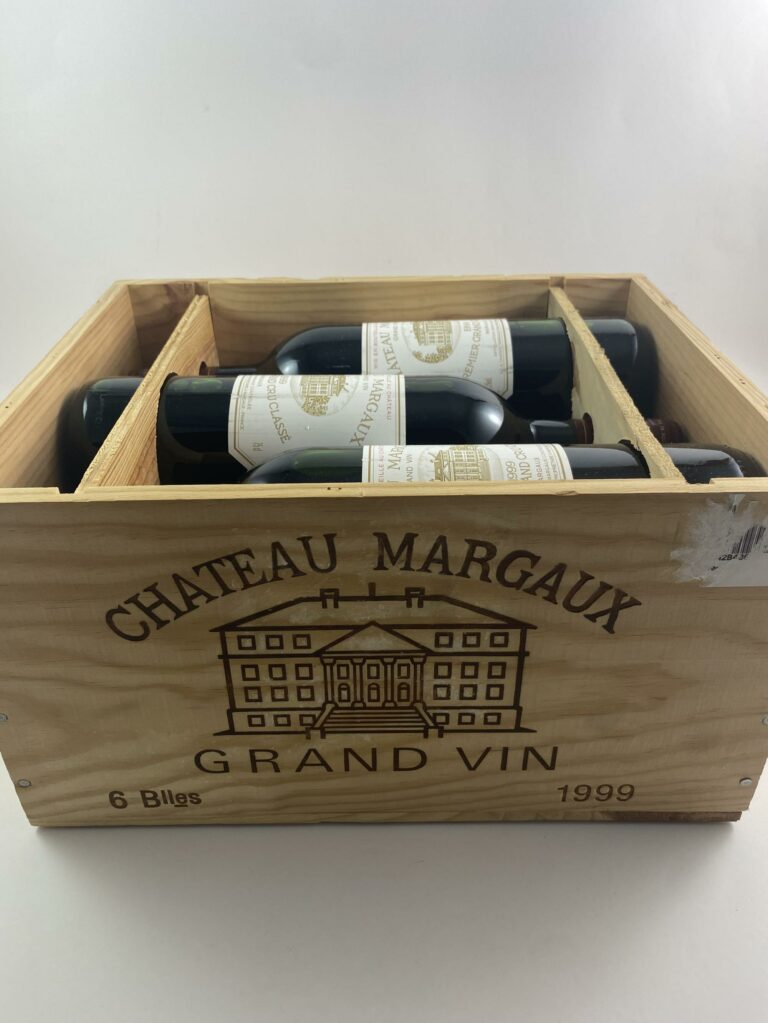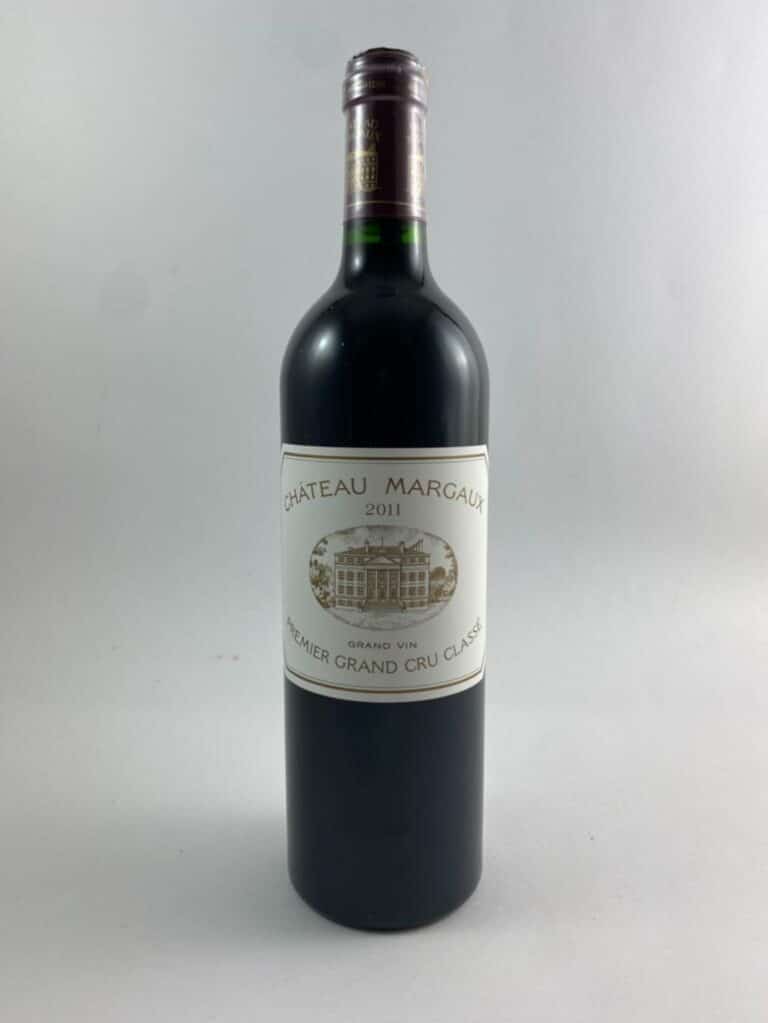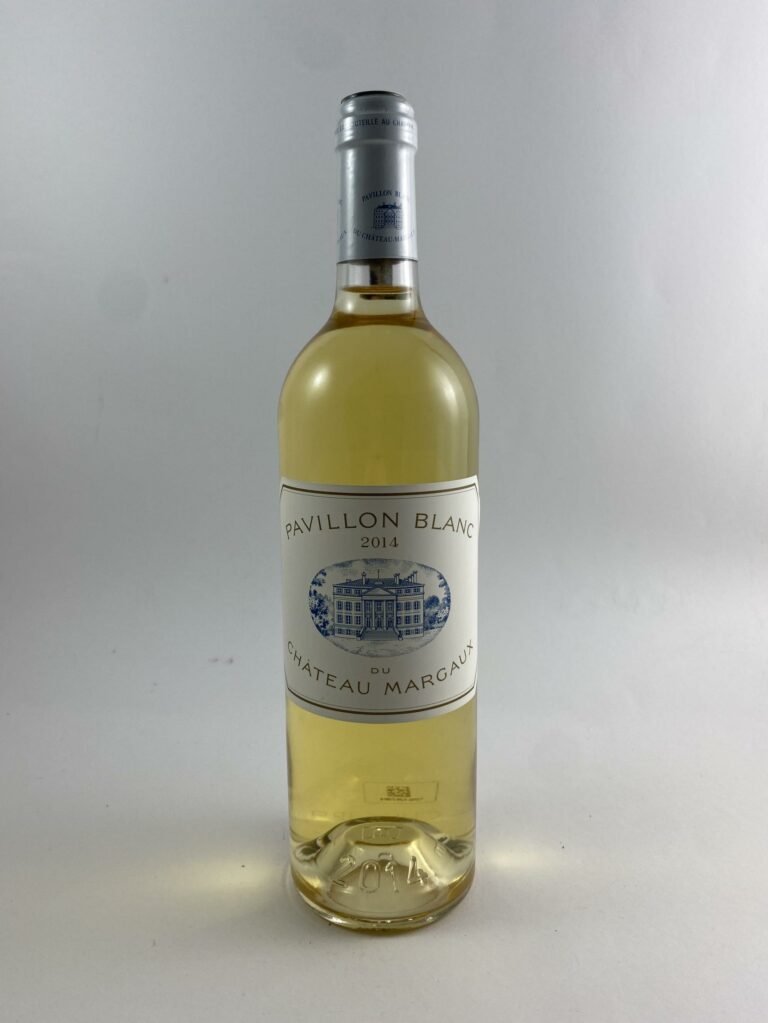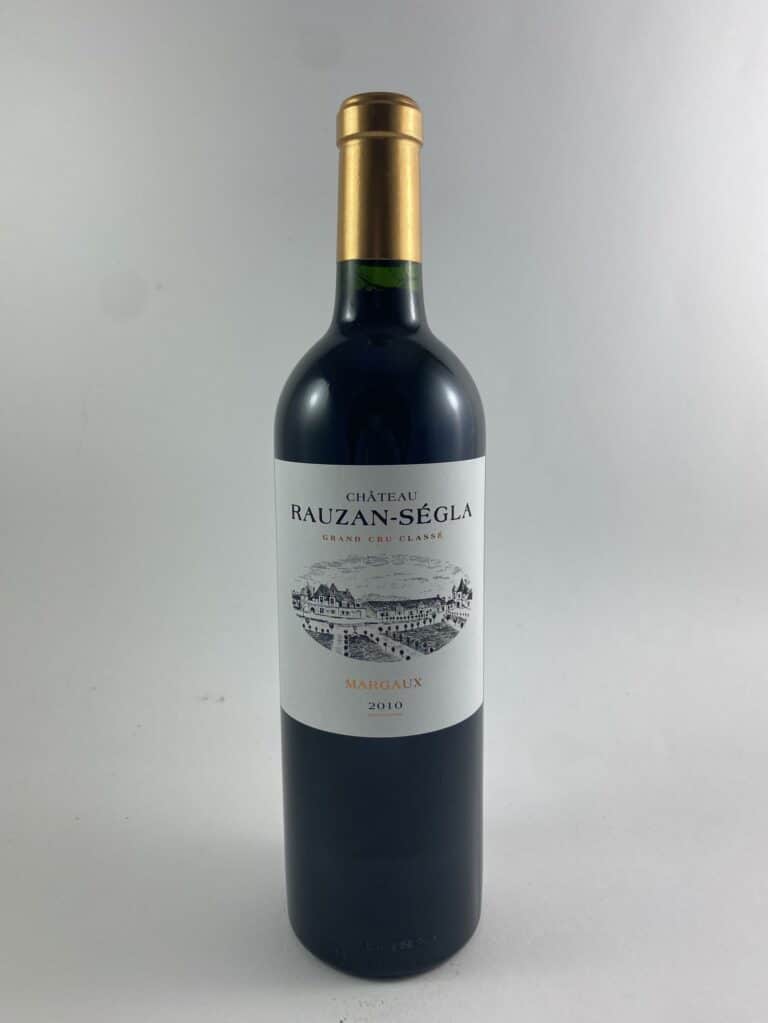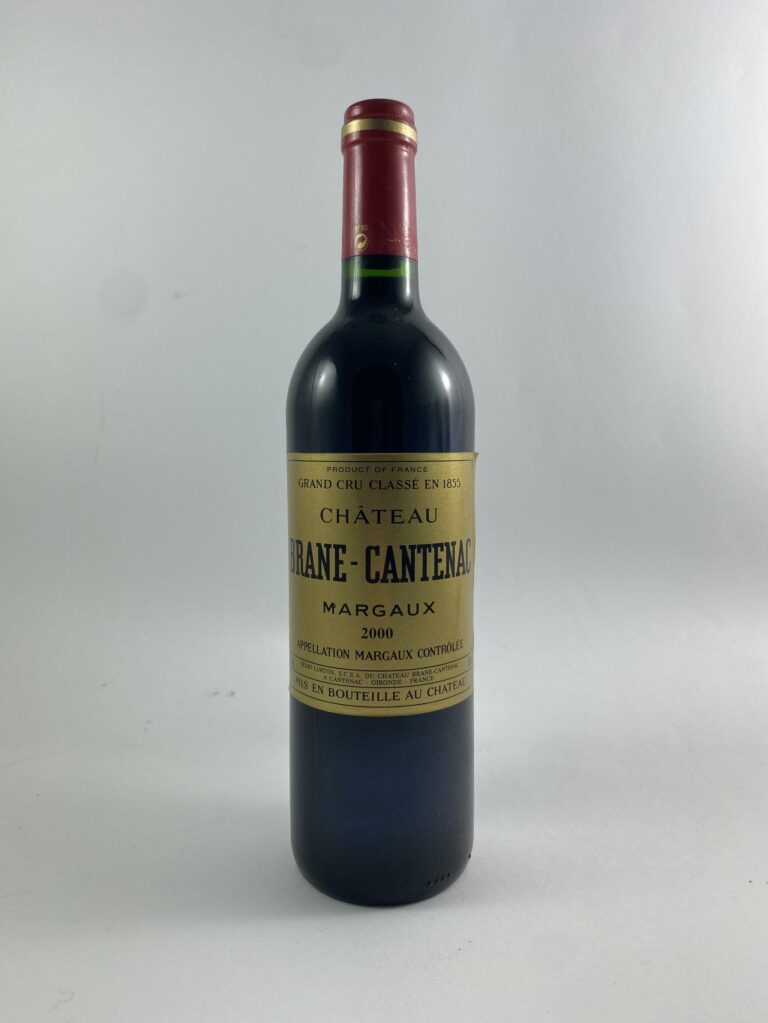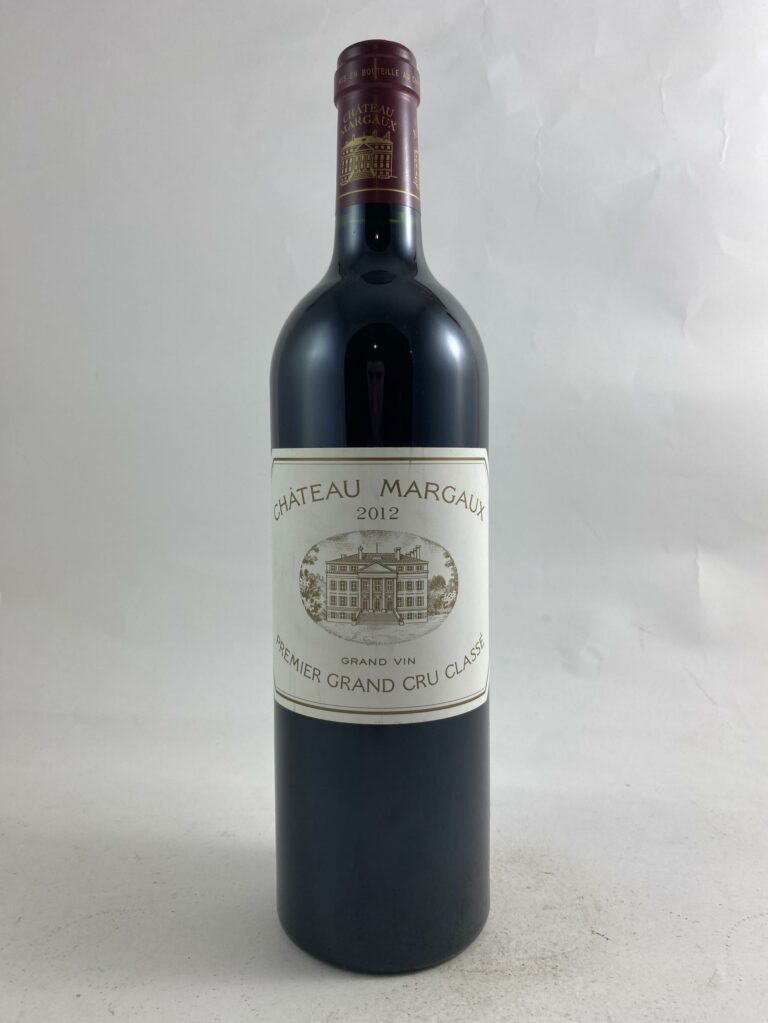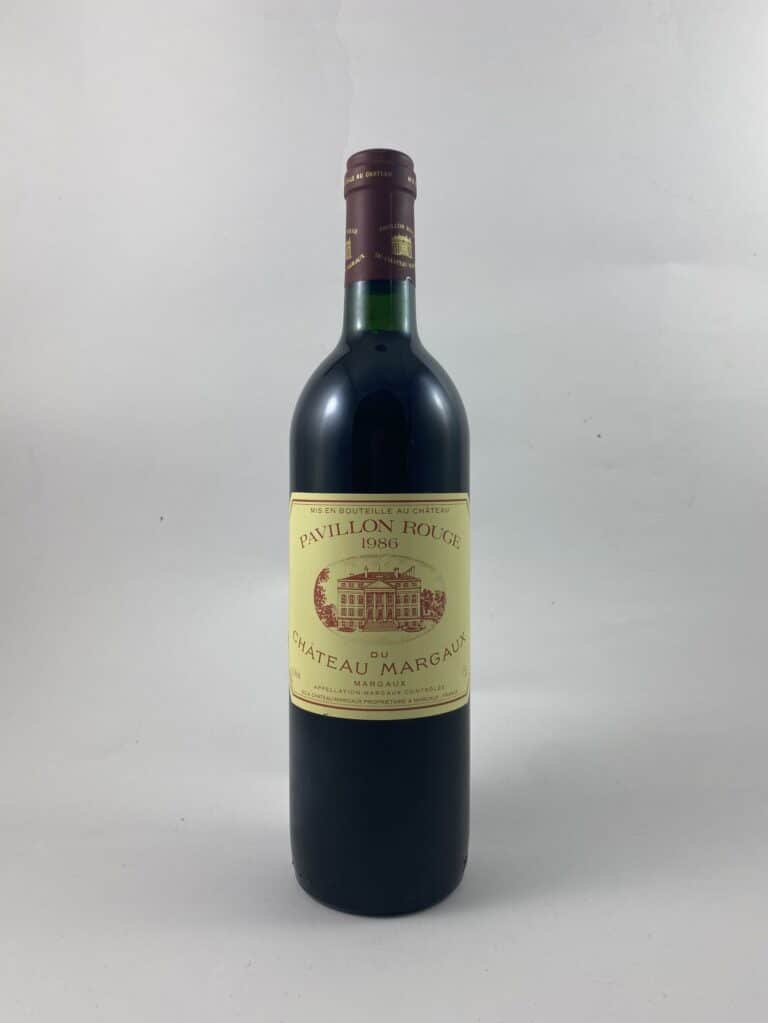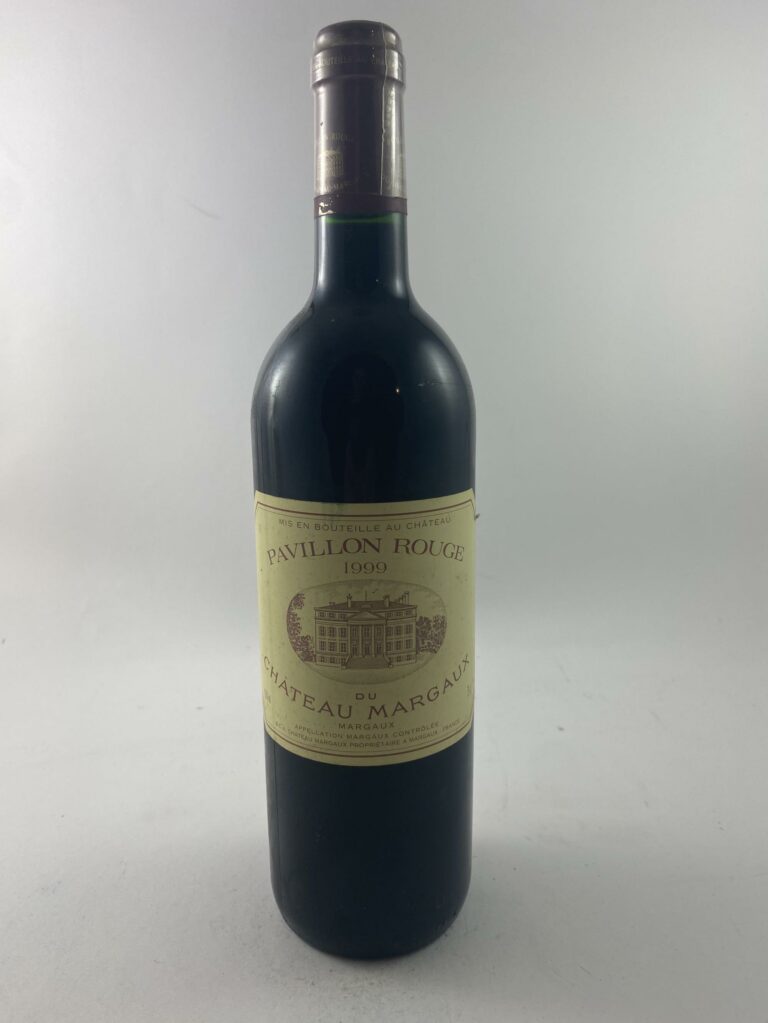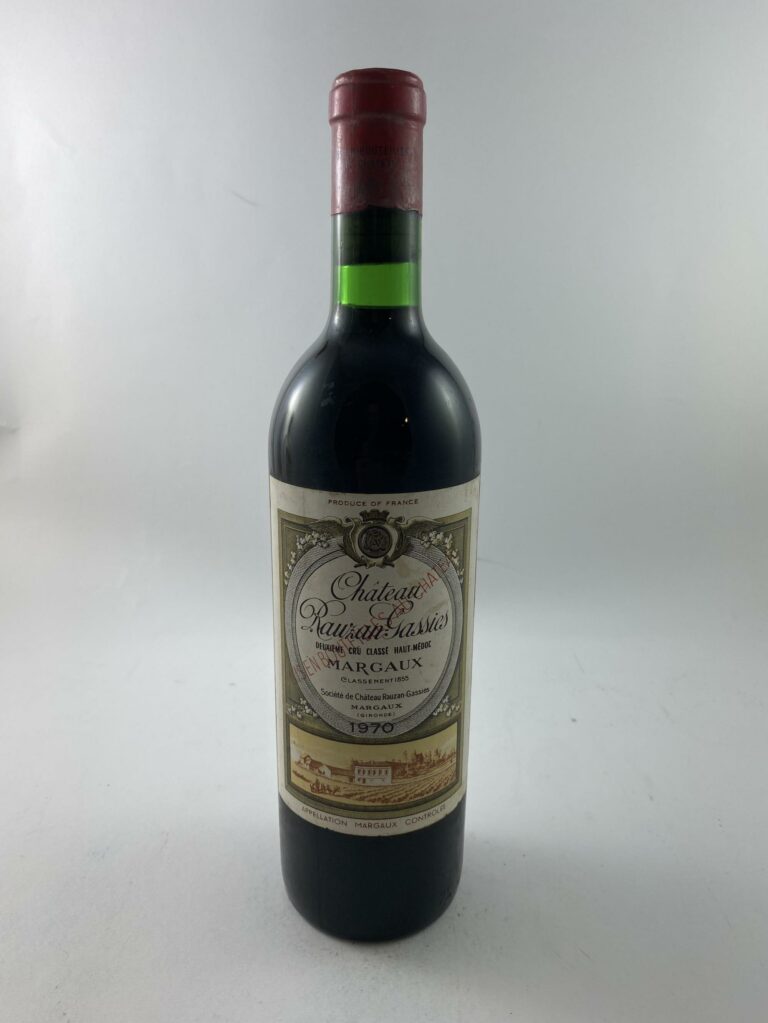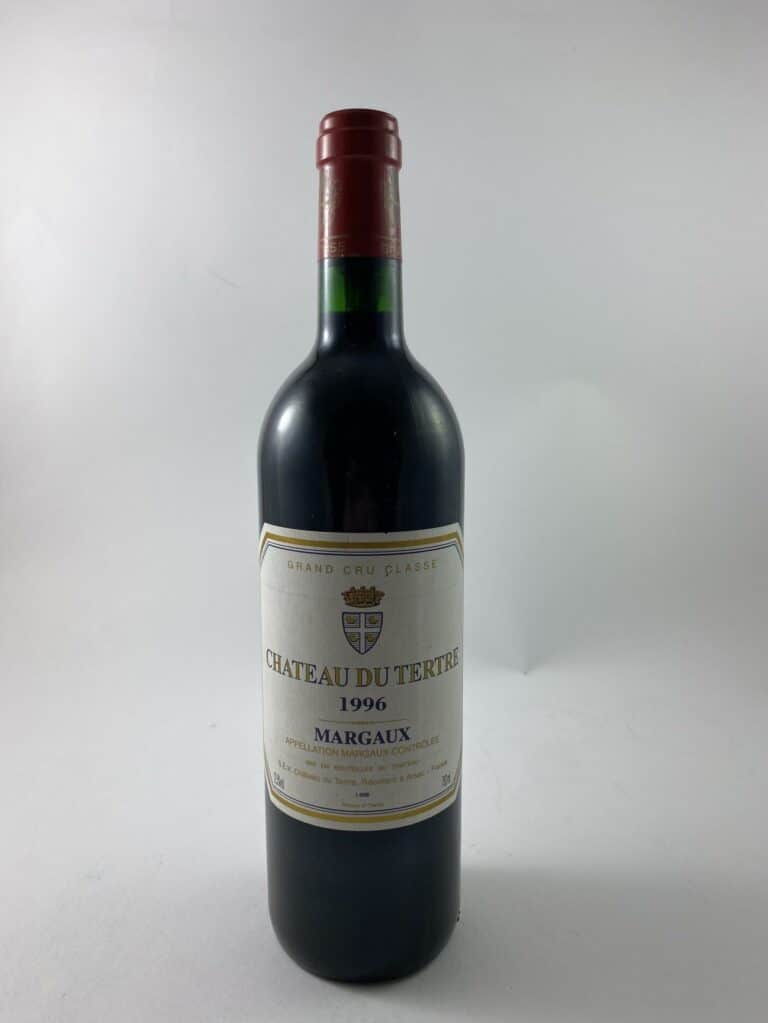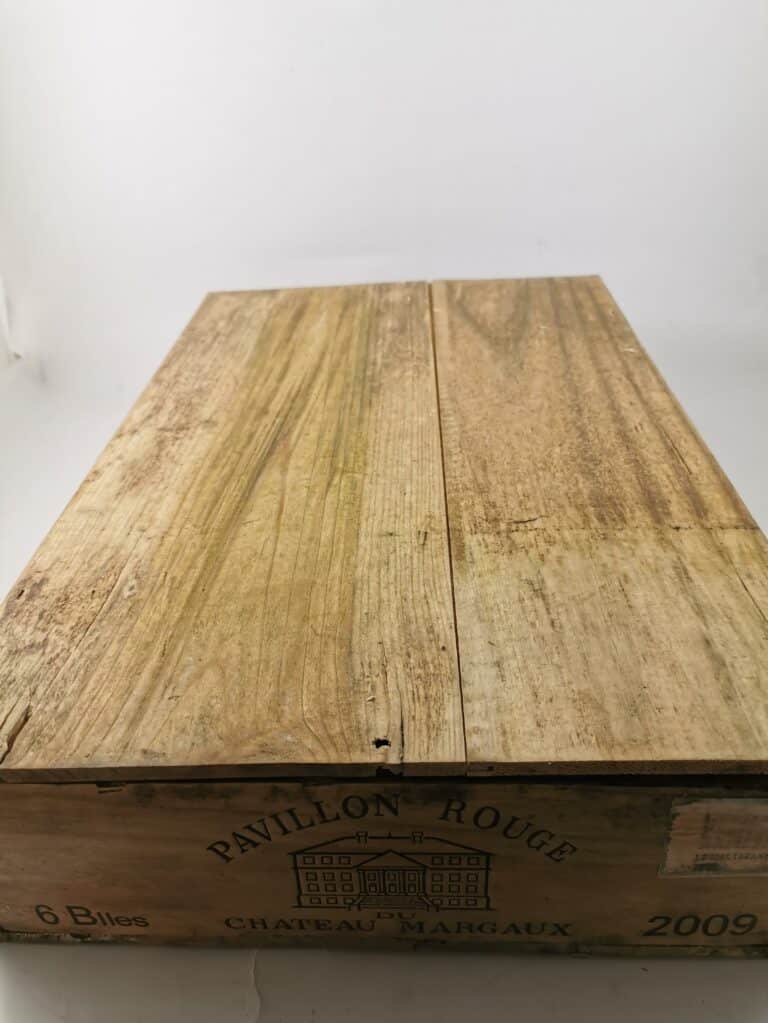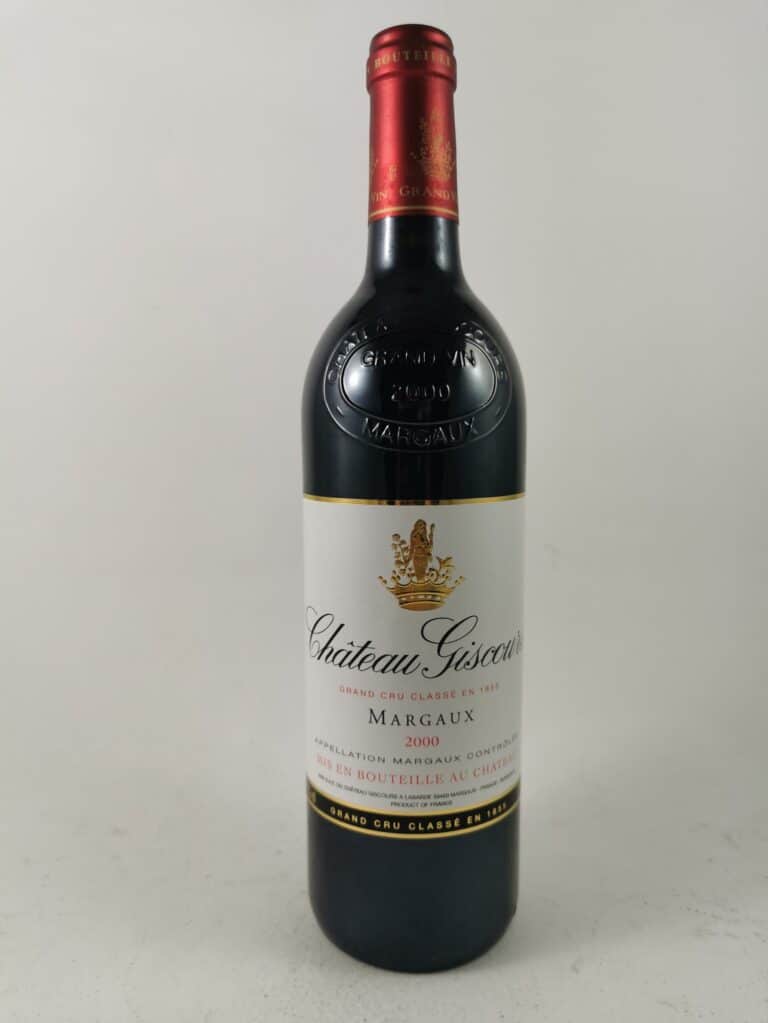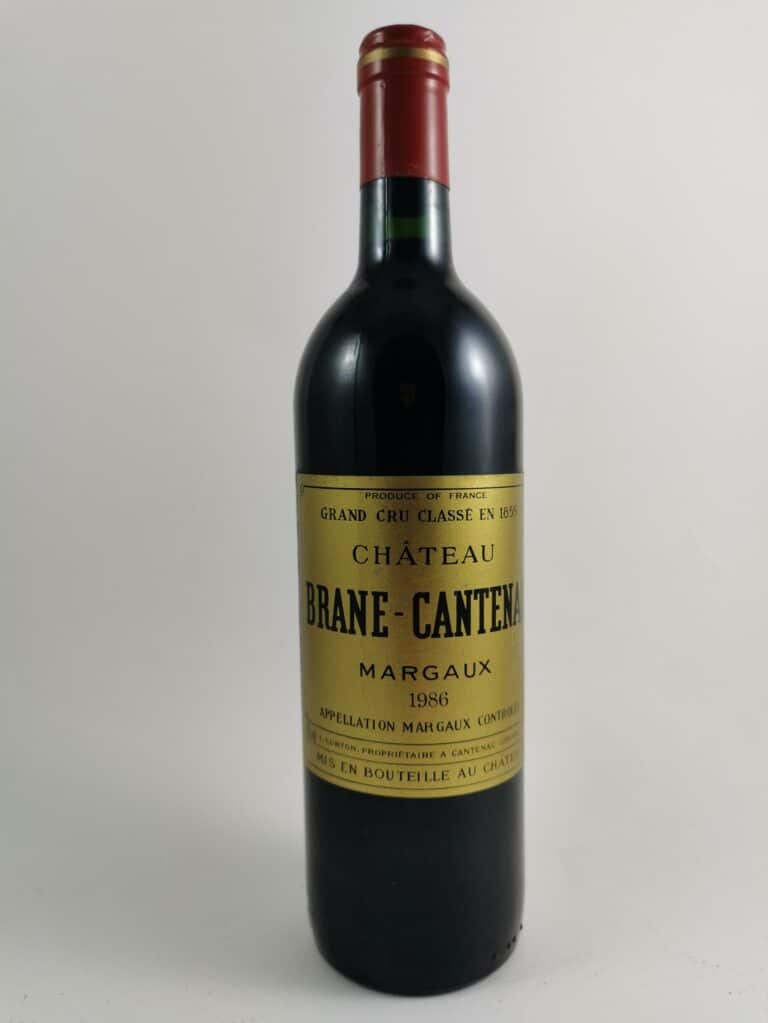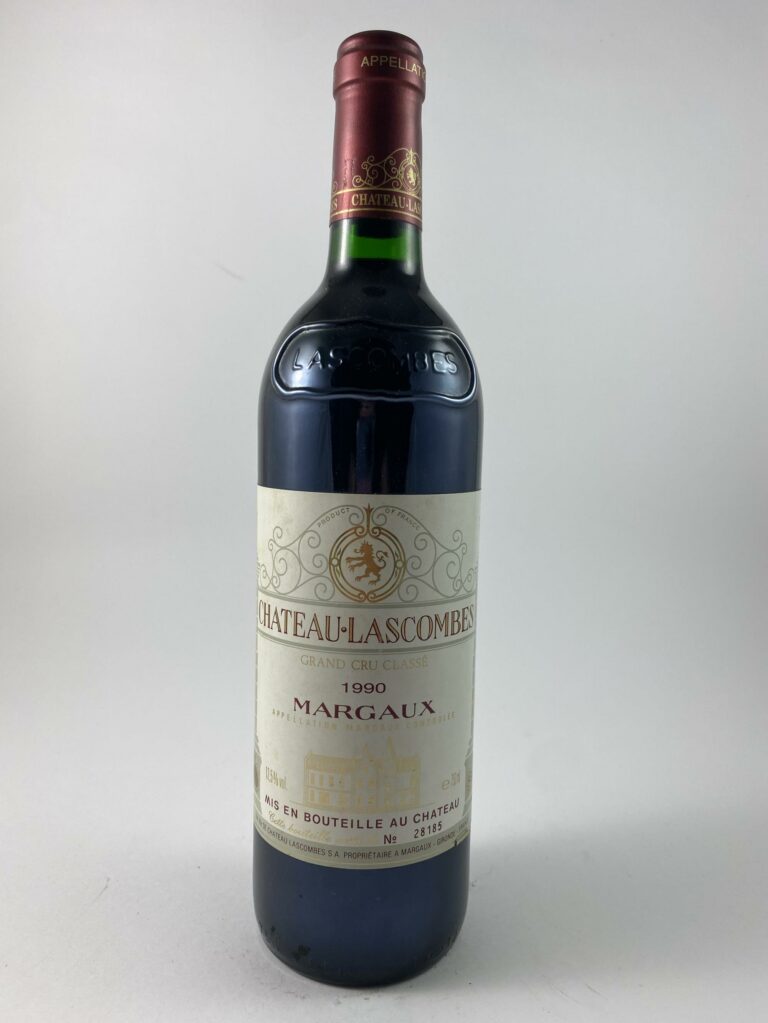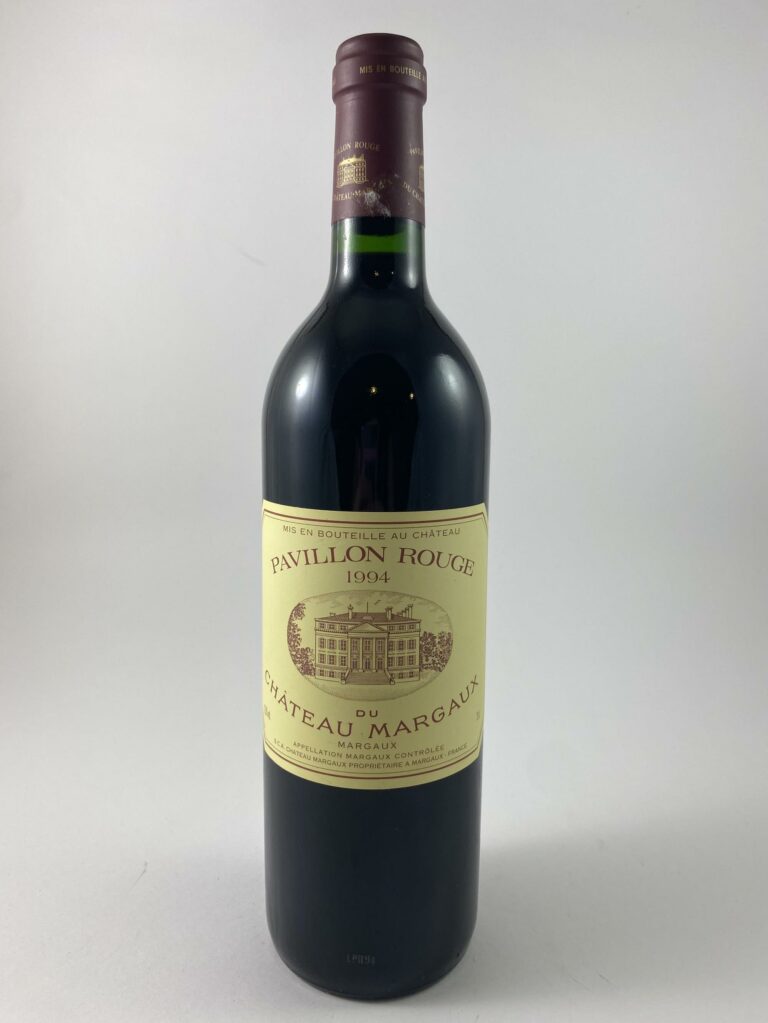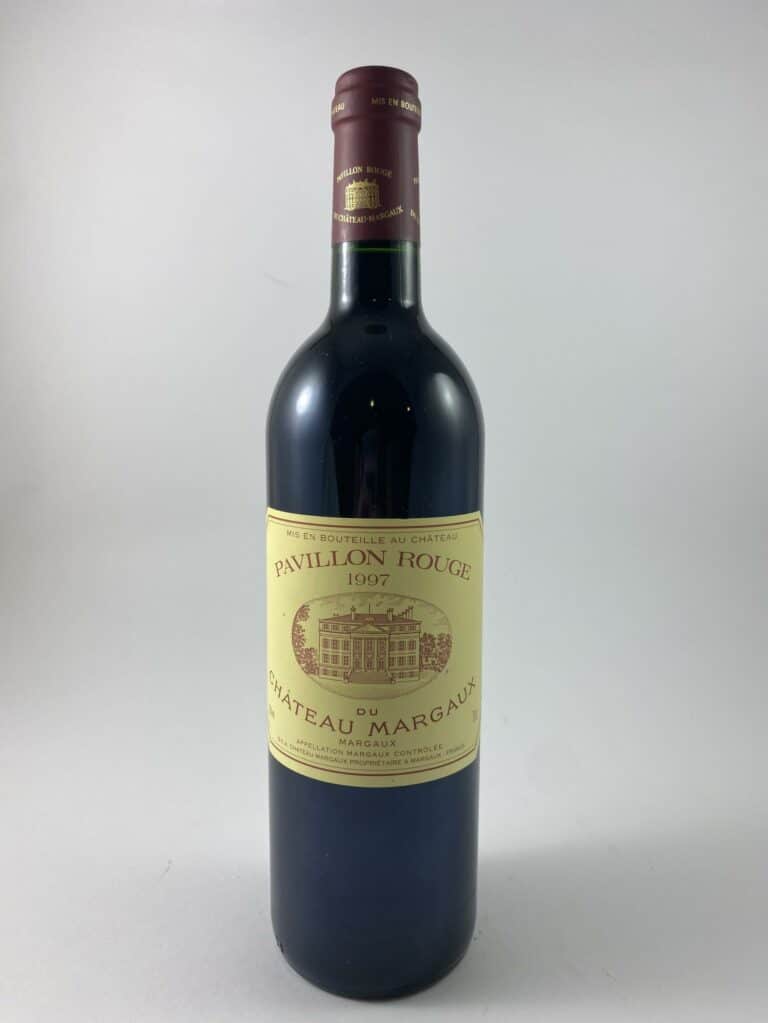Wines of Margaux
The Grand Vin of Château Margaux is recognized as one of the greatest Bordeaux wines in the world! Classified as a Premier Grand Cru in 1855, it has since made the reputation of the Château. Vintage after vintage, the wines of the Château only confirm their quality.
The Margaux appellation is one of the 6 communal appellations of the Médoc. It is the only communal AOC of the Haut Médoc to bear the name of a Grand Cru Classé. This appellation is one of the most prestigious. Its vineyards are close to the Gironde and the Dordogne.
The appellation covers several communes, including Margaux, Arsac, Cantenac, Labarde and Soussans. Indeed, the wines of Margaux are reputed to be the most “feminine” of the Medoc region. They are rather round and unctuous and their colors are dark, with woody notes.
Chateau Margaux is located in the heart of the Bordeaux vineyards. Chateau Margaux is a wine estate located on a unique terroir. 262 hectares between the Atlantic Ocean and the Gironde estuary on clay-limestone soils at depth and Günzian gravel on the surface. Although the original château dates back to the 12th century, its viticultural history dates back to the 16th century when the Lestonnac family decided to plant vines instead of cereals. The vines benefit from the exceptional microclimate of the area. But it was in 1855, on the sidelines of the second Universal Exhibition, that Château Margaux became the first classified Grand Cru in the prestigious classification of Bordeaux wines desired by Emperor Napoleon III. Its grape varieties in the Margaux red appellation are Cabernet Sauvignon (75 to 87%), Merlot (8 to 20%), Cabernet Franc (3%) and Petit Verdot (2%). The grape variety of the white wine is 100% Sauvignon.
The 4 wines of the Margaux domain
One third of the harvest is used to make the Grand Vin Premier Cru, 30% for the second wine and the other two share the rest.
Grand Vin du Château Margaux, Premier Cru classé since 1855
This first wine is produced on an ideally situated area of the vineyard, a hillock of less than 90 hectares between the commune of Margaux and the Gironde. It is not by chance that the Grand Vin du Château Margaux is defined by wine experts as one of the most elegant great wines in the world. The exceptional vineyard is composed of the famous 4 red grape varieties of Bordeaux whose exact proportions remain a secret.
Complex, dense, intense, powerful and fresh at the same time, it is long in the mouth and appreciated for its velvety and tender tannins. It is characterized by a dense dark garnet color. Its complex bouquet is dominated by various notes of red and black fruits (blackberry…), flowers (rose, peony, violets…), spices, wood (resin) or truffle. We sometimes discover notes of leather, camphor, licorice, vanilla or tobacco. In the mouth, it reveals its refreshing length and fabulous richness. This wine of character with an uncommon finesse and a rare elegance provides unforgettable sensations.
Le Grand Vin du Château Margaux peut être dégusté jeune mais ses arômes sont rehaussés par le temps. It will keep perfectly in cellars for decades. Among the best vintages we can note 2009, 2005, 2003, 2000, 1995, 1989… Without forgetting 1990 and 2016 which produced an outstanding wine. Also of note is the exceptional trilogy of 2018, 2019 and 2020 vintages.
Pavillon rouge du Château Margaux
It is the very first second wine of the estate and its production dates back to the beginning of the 17th century. Its current quality, which is close to that of the Grand Vin of Château Margaux, and its notoriety are unquestionably the work of André Mentzelopoulos. Pavillon rouge du Château Margaux, which took its current name in 1908, is the object of a drastic blending. Its perfectly balanced aromas are typical of Margaux and close to those of the first wine (although less subtle). Some vintages have a slightly acidic finish. It can be tasted before its elder but keeps a beautiful power of ageing which can go beyond 30-40 years. 1996, 1998, 2005 or 2009 are good vintages.
Pavillon Blanc du Château Margaux
The production of Pavillon Blanc at Château Margaux dates back to the end of the 17th century. Sold since the 19th century, it takes its name and its current label in 1920. The vineyard (about 12 ha) is composed of 100% Sauvignon Blanc. Only 1/3 of the harvest is bottled (about 1000 cases/year), the rest is sold in bulk. A part of the harvest is also conditioned in magnums, ideal for a good ageing.
As the Margaux appellation is reserved for reds, this white wine, which is undoubtedly the best on the left bank, uses the Bordeaux AOC. Pavillon Blanc du Château Margaux promises a beautiful freshness, power, complexity and incomparable length in the mouth. Its quality and ageing potential have only improved since the 2011 vintage.
Margaux du Château Margaux
This third wine initially sold in bulk has been produced since 1997. It was born out of a concern for the highest standards in the production of the Grand Vin du Château Margaux and Pavillon Rouge du Château Margaux. But it is from the 2009 vintage of exceptional quality that this third wine has been bottled. If its production is limited, it is produced with the same care as the Pavillon Rouge (aged in barrels, bottled after fifteen months). It has been distributed since 2013 in the network of Chateau Margaux’s client restaurants in France and the United Kingdom. In spring 2014, it entered Japan and the United States.
Château Margaux wines invite themselves to our table
Before serving your Château Margaux, do not neglect the decanting stage, which aims to separate the wine from any sediment (insoluble tannins) that may have accumulated over the years. For younger and more powerful wines, a simple oxygenation will be enough to release the aromas.
The reds, ideally served at 18-19°C, go perfectly with red and white meats, poultry, game and cheese. Think of them with a Saint-Nectaire, a blanquette of veal, a roast duck or a suckling lamb from Pauillac.
The Pavillon Blanc du Château Margaux is best served at 10-13°C and is perfect with vegetarian dishes, poultry or pork.
The nearby estates on the left bank of the Gironde
Château Margaux is adjacent to estates such as Château Rauzan-Gassies, Château Rauzan-Ségla, Château Palmer, Château Cantenac-Brown, Château Prieuré-Lichine, Château Marquis de Terme, Château d’Issan, Château Giscours, Château Lascombes… The Margaux appellation (1450 ha, 70 estates) to which it belongs even includes 21 Grands Crus Classés in 1855, 30 Crus Bourgeois as well as some Crus Artisans. The left bank of the Gironde is also home to estates of other equally prestigious appellations. Château Latour (Pauillac, 1st Growth), Château Lafite Rothschild (Pauillac, 1st Growth), Château La Lagune (Haut-Medoc, 3rd Classified Growth), Château Ducru-Beaucaillou (Saint-Julien, 2nd Growth), Château Montrose (Saint-Estèphe, 2nd Growth), Moulis, Listrac, Sauternes, Saint Emilion, Pessac-Léognan et Pomerol.
Do not pass through the region without visiting (by appointment) the Château Margaux cellars and remember to check the authenticity of your bottles.





